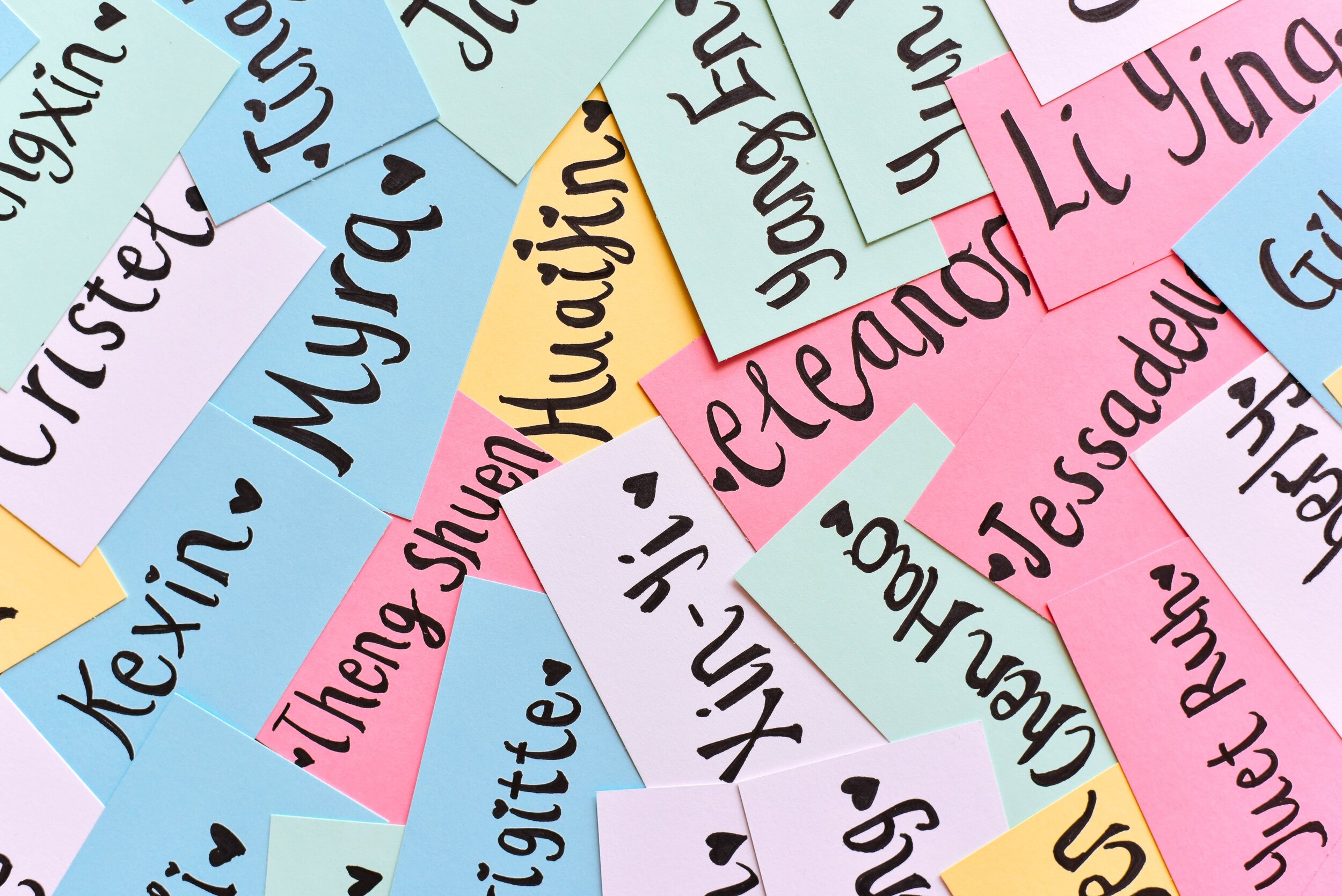New ideas emerge by making random connections. You observe something over here, you observe something completely unrelated over there. You then bring the two together to produce something new and different. It’s this unique combination that forms the basis of something fresh. That’s why it’s called lateral thinking.
When you’re leading idea-generation workshops, your job is to spark lateral connections. This is especially true during the first, divergent phase of a workshop. People need stimulus to make these connections. This is where creative exercises are important. They encourage fresh connections.
Some exercises aim to produce specific outputs. These include consumer understanding, defining benefits, and new packaging ideas. However, to create new, surprising ideas, adding one of two random exercises can help a lot. They’re random because the stimulus is not prescribed. This means that the ideas you generate are less predictable. Here’s a selection of tried and trusted approaches you could turn to.
1 Random Words
Step 1: ask people to choose a random word from a bag. I generally use ‘fridge poetry magnet’ words as they’re robust and usually quite evocative. (Once you’ve got rid of the short words like ‘to’, ‘and’ and ‘it’) But of course, you can create your own.
Step 2: ask them to generate what they associate with this word. This becomes the stimulus.
Step 3: use the stimulus you’ve generated as a springboard for an idea.
You can leave it as loose as that or you can provide a bit more direction, depending on the creative task. For example ‘use what you’ve generated to help identify a new benefit’.
2 Random Numbers
The process is the same as random words, but you choose numbers instead. Numbers are very evocative and culturally resonant. 0-10 in particular are very powerful.
3 Random Visuals
Again, this works in the same way as the previous exercises.
Step 1: provide teams with a large set of diverse/random visuals. These could be picture postcards. I have a large collection that I’ve accumulated over the years). Or you could use printouts from your favourite free photo sites such as Unsplash or Pixabay. Ask individuals to choose a visual that speaks to them.
Step 2: ask them to generate and capture what they associate with this visual. This becomes the stimulus.
Step 3: use this stimulus as a springboard to make fresh connections.
4 Random Objects
Step 1: ask people to choose an object. It could be something on their desk, in the meeting space, or anywhere outside.
Step 2: ask them to write down what they associate with this object. (It’s shape, usage, benefits, colour, size….anything.)
Step 3: Use what you’ve generated as the stimulus for ideas.
The benefit of this idea is that gets people up and on their feet, so it acts as an energiser too.
5 Excursions
(NB obviously, this exercise is only relevant only in a world where we’re not working in isolation)
If your workshop is in an interesting location, like a city centre or near a shopping centre, use it for ideas. This can be done in pairs too. If the timing’s right, it can even be used as part of a lunch break. As with the previous exercise, it also acts as an energiser.
Step 1: send people out of the venue for a while (15 to 45 minutes, as you see fit). Give them a specific task.
Step 2: ask them to collect/generate stimulus related to the task.
Step 3: use what you’ve collected/generated to stimulate ideas.
In the past, I’ve used this type of exercise to generate ideas for food and drink innovations. I’ve asked them to visit cafes, talk to bar staff, and take pics of menus. But it can be used for all kinds of tasks. Asking participants to talk to random people on their excursions works too.
6 Famous Faces
Step 1: ask people to choose a random famous name from a bag. I generally use names from the game ‘Who’s in the Bag’, or you can create your own collection.
Step 2: ask them to generate what they associate with this person. This becomes the stimulus.
Step 3: use the stimulus you’ve generated as a springboard for ideas.
In summary
These exercises may seem, well random. You never know quite what’s going to emerge. Some will work better than others. Some people may strike a rich vein. Others may well be stuck. It depends on how comfortable people are with making lateral connections. But that’s the nature of creativity. You never know what’s going to emerge. Generally in a creative session, I use 3 creative exercises. As I’ve explained previously 3 is a magic number. I usually save a random creative exercise as the last one. After the teams are warmed up and have already banked a load of ideas. In my experience, random creative exercises, often produce the richest outcomes. So do give them a go.
